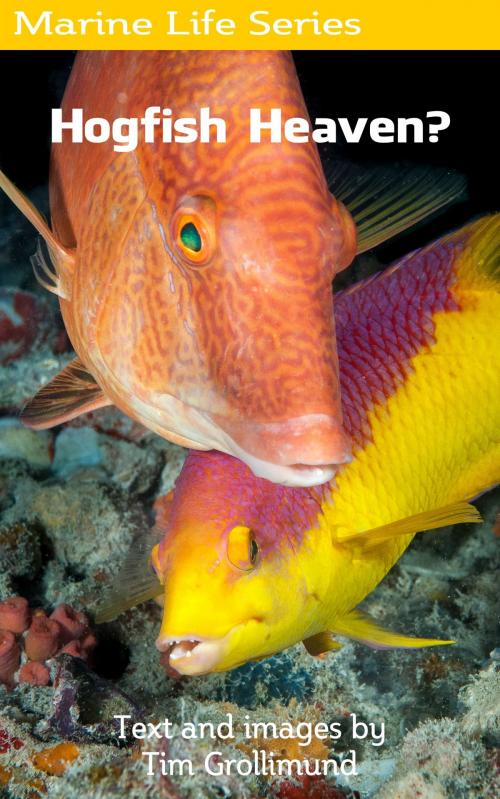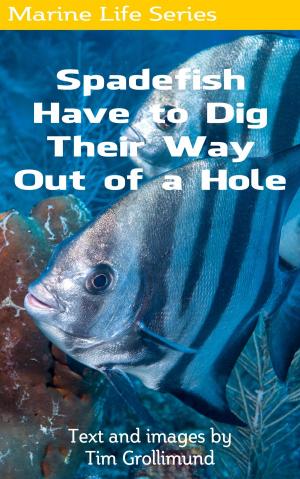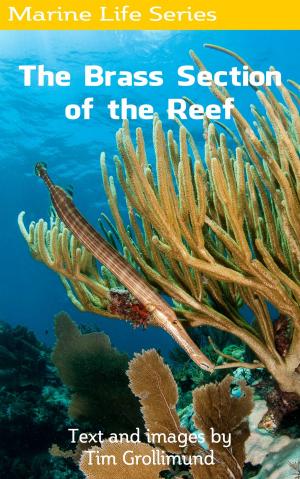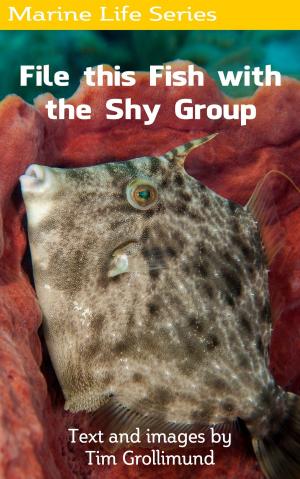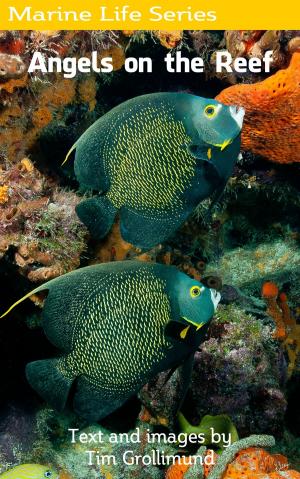Hogfish Heaven?
Nonfiction, Sports, Water Sports, Scuba & Snorkeling, Science & Nature, Science, Biological Sciences, Marine Biology| Author: | Tim Grollimund | ISBN: | 9781370086467 |
| Publisher: | Tim Grollimund | Publication: | June 18, 2017 |
| Imprint: | Smashwords Edition | Language: | English |
| Author: | Tim Grollimund |
| ISBN: | 9781370086467 |
| Publisher: | Tim Grollimund |
| Publication: | June 18, 2017 |
| Imprint: | Smashwords Edition |
| Language: | English |
"Hogfish got their name because they root around the sea floor, like a hog roots around the barnyard. They are opportunistic feeders, like their barnyard counterparts, but feed mostly on crabs and mollusks. We have three species here: Spanish, spotfin and the big kahuna, Lachnolaimus maximus.
I have been following the size limit discussions for the last several years, and I have to agree with some of the spearos. They don’t want the size limit bumped up to eighteen inches. I have seen some discussions on a fourteen to sixteen inch change. I have only seen a few hogfish that would meet the new size limit - and I’m not telling any spearos where they are!
To fully grasp the issue, I went all the way back to the 1994 final regulation document, where the 12-inch/5 per day rules were put in place.
Why is this important for the Keys? According to fishery statistics, in 2004 Monroe County accounted for over 63 percent of the trips on which hogfish were caught, with 44 percent of the total weight. On the average trip, the Monroe County catch weighed in at 68 percent of the total average weight per trip.
In 2011, just under 50 percent of the trips originated in Monroe County. Those trips now account for only 18 percent of the total weight, down from 44 percent. The average catch weight per trip now is only 37 percent of the average catch weight for the two coasts, down from 68 percent.
On the recreational side, the data collection was not as reliable for the total catch weight, according to the documents I read. But the average length and average weight figures were acceptable. There was no breakout for Monroe County, so we’ll compare the coasts. On the east coast, the average hogfish tipped the scale at 2.9 pounds in 2004, peaked in 2006 at 3.1 pounds, and in 2011 came in at 1.8 pounds. On the west coast, the figures show a different trend. In 2004 the average was 1.8 pounds, peaking at 2.6 in 2005, and now stands at 2.3 pounds.
So when the lady spearo at the scoping meeting said she would never get a hogfish in the Keys if the limit changed to 18 inches, she’s right on the money. The biggest ones I’ve seen have been in deeper water.
Further, that 12 inch limit is on the cusp of the reproductive maturity for spawning. It stands to reason we won’t see any larger hogfish if the limit remains at 12 inches. There are a host of other variables in the equation that deal with fertility, transformation from female to male, color phases and other items we don’t have the space for here.
To me the essential point is this: if we don’t increase the size limit and let them grow another year or two, the chances of maintaining a sustainable fishery may be a huge issue in the future."
"Hogfish got their name because they root around the sea floor, like a hog roots around the barnyard. They are opportunistic feeders, like their barnyard counterparts, but feed mostly on crabs and mollusks. We have three species here: Spanish, spotfin and the big kahuna, Lachnolaimus maximus.
I have been following the size limit discussions for the last several years, and I have to agree with some of the spearos. They don’t want the size limit bumped up to eighteen inches. I have seen some discussions on a fourteen to sixteen inch change. I have only seen a few hogfish that would meet the new size limit - and I’m not telling any spearos where they are!
To fully grasp the issue, I went all the way back to the 1994 final regulation document, where the 12-inch/5 per day rules were put in place.
Why is this important for the Keys? According to fishery statistics, in 2004 Monroe County accounted for over 63 percent of the trips on which hogfish were caught, with 44 percent of the total weight. On the average trip, the Monroe County catch weighed in at 68 percent of the total average weight per trip.
In 2011, just under 50 percent of the trips originated in Monroe County. Those trips now account for only 18 percent of the total weight, down from 44 percent. The average catch weight per trip now is only 37 percent of the average catch weight for the two coasts, down from 68 percent.
On the recreational side, the data collection was not as reliable for the total catch weight, according to the documents I read. But the average length and average weight figures were acceptable. There was no breakout for Monroe County, so we’ll compare the coasts. On the east coast, the average hogfish tipped the scale at 2.9 pounds in 2004, peaked in 2006 at 3.1 pounds, and in 2011 came in at 1.8 pounds. On the west coast, the figures show a different trend. In 2004 the average was 1.8 pounds, peaking at 2.6 in 2005, and now stands at 2.3 pounds.
So when the lady spearo at the scoping meeting said she would never get a hogfish in the Keys if the limit changed to 18 inches, she’s right on the money. The biggest ones I’ve seen have been in deeper water.
Further, that 12 inch limit is on the cusp of the reproductive maturity for spawning. It stands to reason we won’t see any larger hogfish if the limit remains at 12 inches. There are a host of other variables in the equation that deal with fertility, transformation from female to male, color phases and other items we don’t have the space for here.
To me the essential point is this: if we don’t increase the size limit and let them grow another year or two, the chances of maintaining a sustainable fishery may be a huge issue in the future."
